Great Courses Plus – Meaning from Data – Statistics Made Clear
$215.00 Original price was: $215.00.$49.40Current price is: $49.40.
Meaning from Data: Statistics Made Clear is your introduction to a vitally important subject in today’s data-driven society. In 24 half-hour lectures, you will explore the principles and methods that underlie the study of statistics
File size: 10.47GB
( 720p 25 videos, 1 pdf )
Great Courses Plus – Meaning from Data – Statistics Made Clear
These questions all involve the interpretation of statistics, as do a surprising number of other mysteries, including: Is the “hot hand” among sports players real? How can you tell if Shakespeare is the probable author of a newly discovered poem? What is a guilt-free way to get someone to admit to cheating? And, how does a tax assessor calculate the market value of a house?
Meaning from Data: Statistics Made Clear is your introduction to a vitally important subject in today’s data-driven society. In 24 half-hour lectures, you will explore the principles and methods that underlie the study of statistics. You have probably heard such terms as mean, median, percentile, quartile, statistically significant, and bell curve, and you may have a rough idea of what they mean. This course sharpens your understanding of these and scores of other statistical concepts and shows how, properly used, they can extract meaning from data.
Become Statistically Savvy
These challenging yet accessible lectures assume no background in mathematics beyond basic algebra. While most introductory college statistics courses stress technical problem solving and plugging data into formulae, this course focuses on the logical foundations and underlying strategies of statistical reasoning, illustrated with plenty of examples. Professor Michael Starbird walks you through the most important equations, but his emphasis is on the role of statistics in daily life, giving you a broad overview of how statistical tools are employed in risk assessment, college admissions, drug testing, fraud investigation, and a host of other applications.
Statistical Adventures
Professor Starbird is a master at conveying concepts through examples. Some of these include:
- When is a Lottery not a Lottery? When it is not truly random. The 1969 Vietnam War draft lottery assigned young draft-age men a ranking for induction based on their birthdays, which were placed in capsules and drawn from a container, supposedly at random. But by computing the statistical correlation for the order-of-draw, it’s clear that a nonrandom variable was at play. The most likely explanation is that the capsules with the dates were not thoroughly mixed.
- The Birthday Challenge: What is the probability that out of 50 random people, two of them share the same birthday? The chances are much higher than most people think.
- The Chicken Soup Method: How can 1,000 randomly chosen people serve as a predictor for the behavior of hundreds of millions of voters? This is the essence of a political poll, and its effectiveness should be no more surprising than the fact that that a single taste of chicken soup is enough to predict the overall saltiness of the batch, whether the batch is in a cup or a giant vat.
- Beware of Fallacious Reasoning: At the O. J. Simpson murder trial, Simpson’s lawyer Johnnie Cochran countered evidence that Simpson had beat his wife with a statistic that only 1 in 1,000 wife beaters go on to kill their wives. Therefore, Cochran argued, there was only a 1 in 1,000 chance that Simpson went on to commit the murder. Professor Starbird discusses the fallacies in this argument, including the fact that a wife was actually murdered in this case, so the relevant question should be: What is the probability that she had previously been beaten?
- Who Really Won the 1860 Presidential Election? Establishing the will of the people in an election can be tricky, especially when three or more candidates are involved. Professor Starbird shows how the results of the four-way presidential race of 1860 can be interpreted as giving victory to each of three candidates, depending on the voting scheme employed. Abraham Lincoln won according to the rules in place, but given other equally valid rules, the victor—and history—would have been very different.
Statistics Is Everywhere
Statistical information is truly everywhere. You can’t look at a newspaper without seeing statistics on virtually every page. You can’t talk about the weather forecast without invoking statistics. Statistics obviously arises in business and social science but even enters the arts in analyzing manuscripts. And you’d better not go to a casino without understanding statistics. “It’s really harder to find somewhere where statistics isn’t important than to find the places where it is,” says Professor Starbird.
-
1Describing Data and Inferring Meaning
-
2Data and Distributions—Getting the Picture
-
3Inference—How Close? How Confident?
-
4Describing Dispersion or Measuring Spread
-
5Models of Distributions—Shapely Families
-
6The Bell Curve
-
7Correlation and Regression—Moving Together
-
8Probability—Workhorse for Inference
-
9Samples—The Few, The Chosen
-
10Hypothesis Testing—Innocent Until
-
11Confidence Intervals—How Close? How Sure?
-
12Design of Experiments—Thinking Ahead
-
13Law—You’re the Jury
-
14Democracy and Arrow’s Impossibility Theorem
-
15Election Problems and Engine Failure
-
16Sports—Who’s Best of All Time?
-
17Risk—War and Insurance
-
18Real Estate—Accounting for Value
-
19Misleading, Distorting, and LyingStatistics can be used to deceive as well as enlighten. This lecture explores deceptive practices such as concealing lurking variables, using biased samples, focusing on rare events, reporting handpicked data, extrapolating trends unrealistically, and confusing correlation with causation.
-
20Social Science—Parsing Personalities
-
21Quack Medicine, Good Hospitals, and Dieting
-
22Economics—“One” Way to Find Fraud
-
23Science—Mendel’s Too-Good Peas
-
24Statistics Everywhere
Be the first to review “Great Courses Plus – Meaning from Data – Statistics Made Clear” Cancel reply
Related products
Business & Marketing
Business & Marketing
Business & Marketing
Business & Marketing
Brian Tracy – 21st Century Sales Training for Elite Performance
Business & Marketing
Rodney Walker – Grant Writing That Gets Funded Training Program (Deluxe)
Business & Marketing
Business & Marketing
Mother of All E-Commerce Walkthroughs – Building a Brand New e-Com Store
Business & Marketing
Investorsedgeuniversity.com – The Fed Up with Foreclosures System



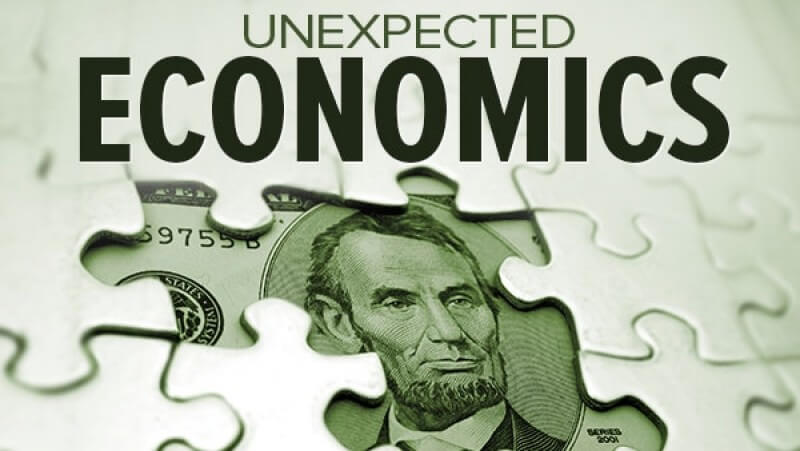
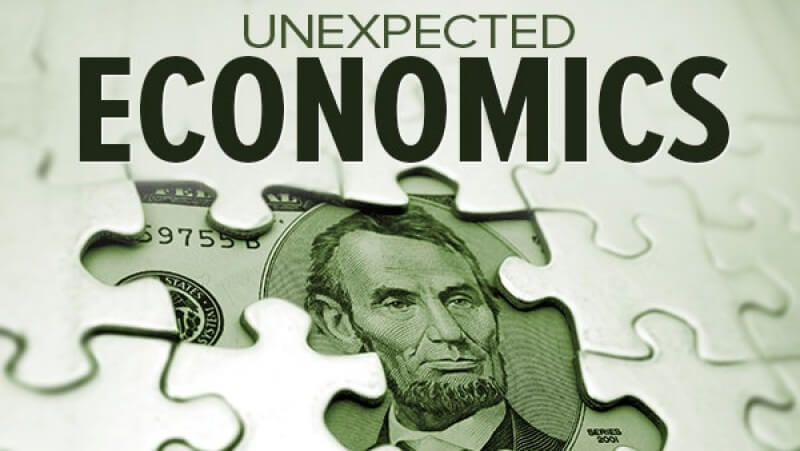


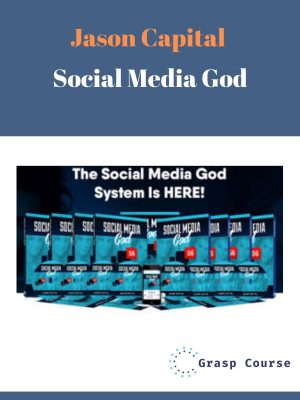

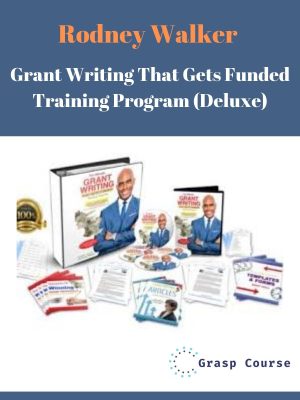
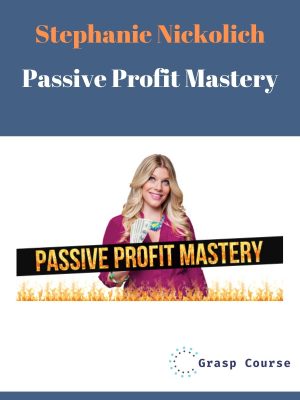


Reviews
There are no reviews yet.